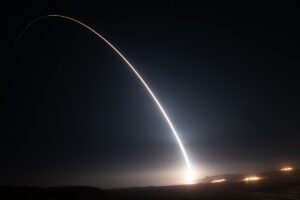
The draft House Armed Services Committee's (HASC) version of the fiscal 2022 defense authorization bill requests DoD and independent reviews of the modernization of the nuclear command and control and communications (NC3) system under U.S. Strategic Command's (STRATCOM) "NC3 Next" effort. HASC is to take up the draft bill on Sept. 1. "The committee notes that the age, complexity, and dispersed nature of the legacy nuclear command, control, and communications (NC3) enterprise requires sustained and coordinated investments," per the draft…














